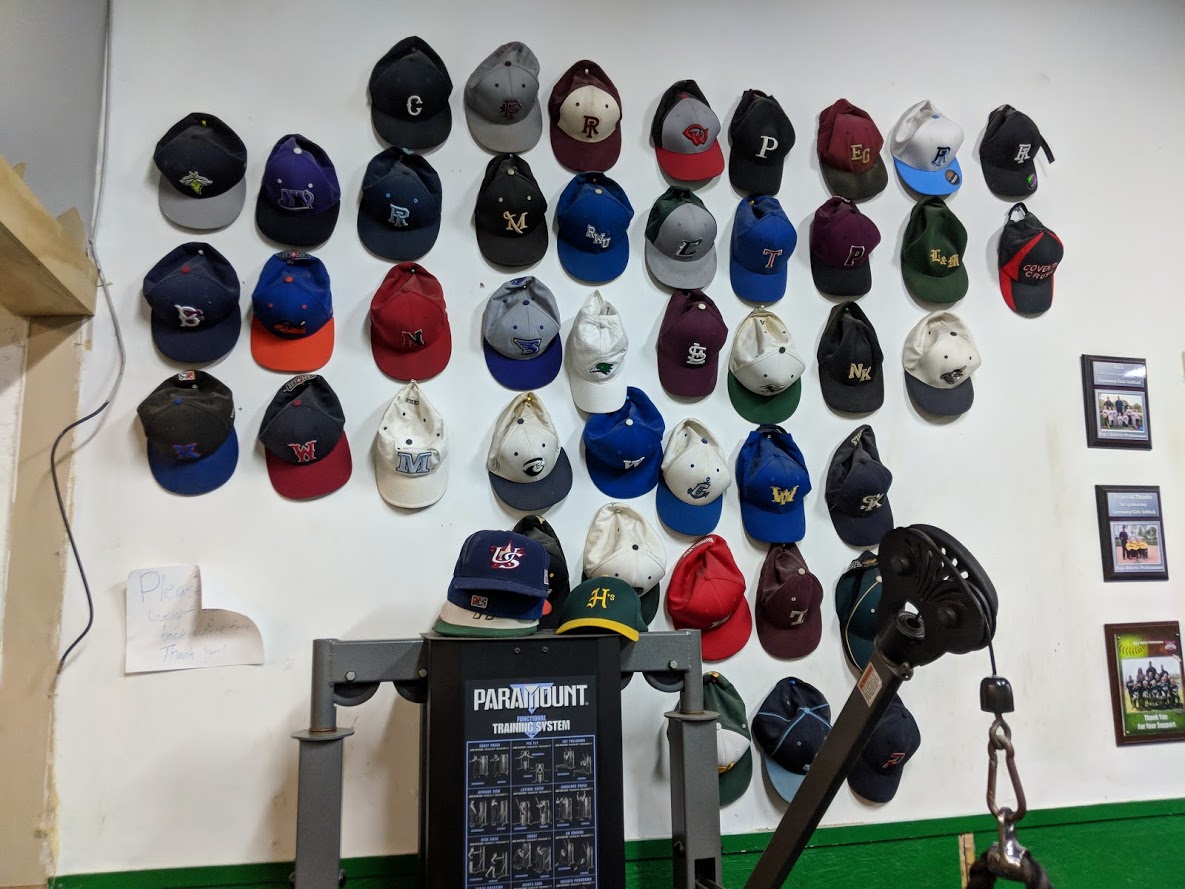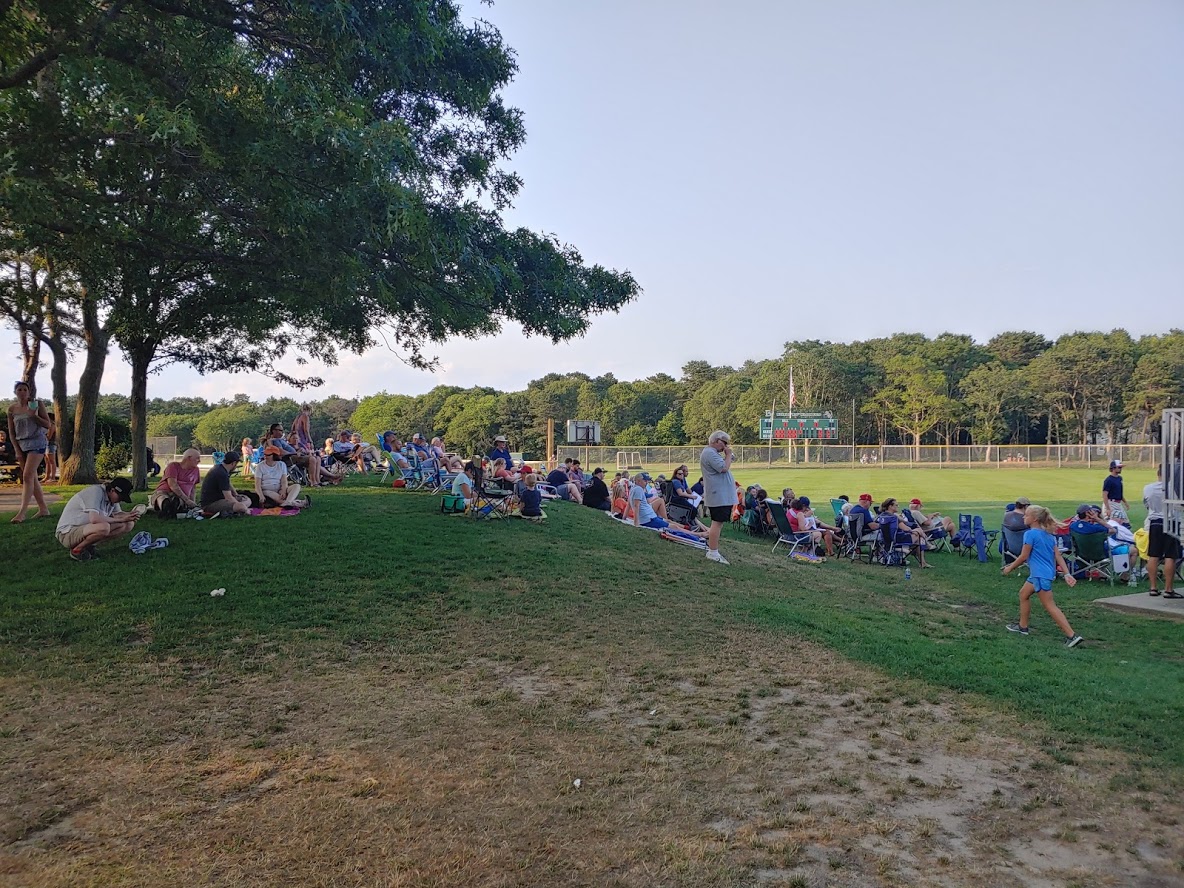When most of Rhode Island baseball leagues and school programs start in early Spring, I hear the following statements around the ballpark. “Baseball is a summer sport. Why are they playing in 30 degree weather? It is forecast to snow tonight into tomorrow, so there won’t even be a game???” Yes, baseball is much more suited for the warmer temperatures. But this weekend’s forecast of 90 degree (maybe 100 in some areas) temperatures and the added humidity levels can put players, coaches, and families in danger of health risks such as dehydration, heat stroke, and other heat related illness.
I’m so lucky to have expert resources in my Rolodex that are not only parents, but also baseball coaches, baseball instructors, and medically trained and licensed medical professionals. Two of these resources, Matt Hopkins and Jason Harvey, have been great supporters of the Rhode Island Baseball Experience and I reached out to them this week to discuss the heat element in youth baseball, especially with the Rhode Island Little League State Tournaments starting this Saturday. Here is more from Matt and Jason on the heat and how to be safe and prepared.
Matt – What I want to focus on is being an advocate for yourself as a player and parent…there is a difference between being “tough” and understanding the symptoms of dehydration/heat stroke. That mindset of toughing it out in the dangerous heat is a balance. For younger kids, parents need to keep an eye on the kids behavior on the field and in the dugout. Older players need to not tough it through the extreme heat and be able to speak up/communicate with their coaches.

Jason – With temperatures expected to be in the 90’s this weekend, the heat will definitely be a factor. In order to beat the heat, coaches, parents, and players should have a plan before arriving to the field:
- Hydration. No kidding. Proper hydration prior to playing is important. If a player is not properly hydrated prior to the game, it will be very difficult to become well hydrated during the game. Drinking up to 16 ounces of water one hour before game time will help with hydration throughout the game. During the game, the player should be drinking 5-6 ounces of water or a sports drink every half inning. This will require the player to have two 16 ounce bottles of water and two 20 ounce bottles of a sports drink to get through a full game in 90 degree weather. The player should then drink 16 ounces of water through the one hour following the game. Players should avoid caffeinated beverages such as soda or coffee. Caffeinated beverages will further dehydrate the player and have the reverse effect of water and sports drinks. Be careful if any players take medication for inflammation, allergies, or any other condition. Medication usage often require further hydration. Even over the counter medication like Advil, Claritin, Benadryl, and others can cause players to become dehydrated and increase their body temperature prematurely. Be careful with any increase in Protein intake. If a player is drinking protein shakes or is eating foods high in protein prior to game time, the body can become excessively dehydrated.
- Find the shade as often as possible. If the bench does not have a roof on the dugout, put a tent over the bench to keep players out of the sun.
- Take hats, helmets, and gloves off when you’re on the bench. Our bodies get rid of excess heat through the head and hands. The reason we wear hats and gloves in the winter is to keep heat in. When it’s hot and you want to decrease the heat, take your hat and gloves off. Players should also take off batting gloves when they are on the bench and on base. Give them to the base coach.
- Use cooling towels. There are several brands of cooling towels that players should wrap around their neck and head when they are on the bench. The cooling towels are drenched with cool water and then wrung out. After the water is wrung out, you snap the towels to activate the material. Activation of the material creates a cold towel. The player can re-snap the towel and re-wet the towel each inning.
- Players should be rotated more frequently. Particular attention should be paid to catchers and pitchers. Catchers for obvious reasons should not play more than two consecutive innings. Pitchers will fatigue quicker in excessive heat so normal pitch counts will not be sufficient. Players should get a chance to rotate out of the game for at least one inning if possible.
- If playing more than one game in a day, eat water filled snacks between games. – Watermelon, Strawberries, etc. Eating some snacks with salt will also help with retaining water. Snacks like pretzels and granola bars have sodium content that is sufficient to help retain water.
- Consider putting an ice pack on your neck when you come back into the dugout after being in the field. After a few minutes, the player can put the ice pack back in an insulated lunch box to use next inning. Having a few ice packs in the lunch box to last through the game will help the player keep their core body temperature in a safe zone.
- Coaches and parents will have to remind their player(s) to hydrate, use cooling towels, get out of the sun, use sunscreen, take their hats and gloves off, etc. Don’t expect your players to remember. They are engaged in the game. They are thinking about their next at bat, the next play, and get distracted by teammates very easily.
There’s nothing like being at the ball field on a sunny summer day. The better you beat the heat, the better chance you have at being your best and avoiding the dangers of heat exhaustion. - Have fun this weekend! Play Ball!

Great advice from two former high level baseball players now parents and medical professionals working here in Rhode Island. The RIBBE is so blessed to have these great resources to give much needed advice on this and so many other important topics. I want to thank Matt Hopkins of Hops Athletic Performance and Jason Harvey of Elite Physical Therapy for their words of wisdom.
And to every player, parent, coach, fan, and league personnel attending the games this weekend for the Rhode Island State Little League Championships, be safe and stay COOL!!!

Leave a Reply